Home>Gardening & Outdoor>Landscaping Ideas>How To Grow Orchard Grass
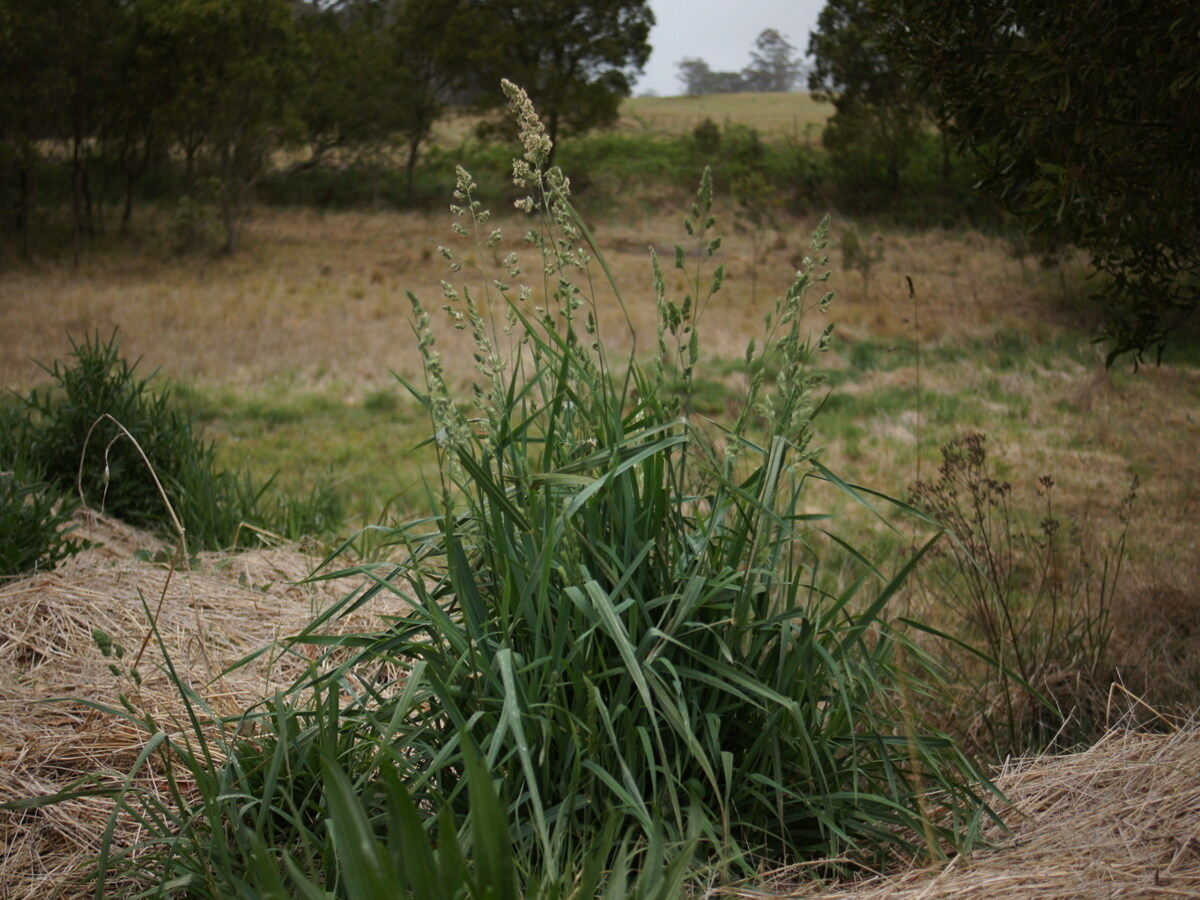

Landscaping Ideas
How To Grow Orchard Grass
Modified: October 19, 2024
Learn effective landscaping ideas for growing orchard grass in your yard. Discover expert tips and techniques for a lush and vibrant lawn. Start your orchard grass project today!
(Many of the links in this article redirect to a specific reviewed product. Your purchase of these products through affiliate links helps to generate commission for Storables.com, at no extra cost. Learn more)
Introduction
Orchard grass, scientifically known as Dactylis glomerata, is a cool-season perennial grass that is highly valued for its rapid growth, palatability, and nutritional value. It is a popular choice for livestock forage, hay production, and erosion control due to its adaptability to a wide range of soil types and climates. Whether you are a farmer, a rancher, or a homeowner looking to establish a lush green lawn, understanding the fundamentals of growing orchard grass is essential for achieving successful results.
In this comprehensive guide, we will delve into the various aspects of cultivating orchard grass, from selecting the optimal location to harvesting and maintenance. By following these steps, you can ensure the healthy growth of orchard grass and maximize its benefits for your agricultural or landscaping endeavors. Let's embark on this journey to discover the art and science of nurturing vibrant orchard grass, a versatile and valuable addition to any green space.
Key Takeaways:
- Choosing the right location, preparing the soil, and strategic planting are crucial for growing vibrant orchard grass. By understanding these steps, you can create an ideal environment for healthy grass growth and maximize its benefits for agriculture and landscaping.
- Proper watering, fertilizing, and proactive weed and pest management are essential for nurturing thriving orchard grass stands. By following these practices, you can ensure the sustained value of orchard grass for livestock forage, hay production, and erosion control.
Read more: How To Kill Orchard Grass
Choosing the Right Location
Selecting the appropriate location for cultivating orchard grass is a crucial initial step that significantly influences the success of the crop. Orchard grass thrives in areas with adequate sunlight, well-drained soil, and favorable climatic conditions. When identifying the right location for planting orchard grass, several factors should be taken into consideration to ensure optimal growth and productivity.
Sunlight and Shade
Orchard grass flourishes in full sun or partial shade. Therefore, it is essential to choose a location that receives ample sunlight throughout the day. Areas with minimal shade from buildings, trees, or other structures are ideal for promoting the robust growth of orchard grass. Adequate exposure to sunlight facilitates photosynthesis, enabling the grass to produce the energy it needs to thrive.
Soil Quality
The soil quality plays a pivotal role in the successful cultivation of orchard grass. It is advisable to select a site with well-drained soil that is rich in organic matter. Loamy or sandy loam soils are particularly suitable for orchard grass, as they offer good drainage and aeration, which are essential for healthy root development. Conducting a soil test can provide valuable insights into the pH levels and nutrient composition of the soil, allowing for necessary amendments to be made to create an optimal growing environment for orchard grass.
Climatic Considerations
Understanding the local climate is essential when choosing a location for planting orchard grass. This grass species thrives in cool-season climates, making it well-suited for regions with moderate temperatures and adequate rainfall. It is important to consider the average annual temperature and precipitation levels in the area to ensure that they align with the requirements for orchard grass cultivation. Additionally, being mindful of frost dates and seasonal weather patterns can aid in planning the optimal time for planting and managing the grass throughout its growth cycle.
Read more: When To Plant Orchard Grass Seed
Accessibility and Land Use
When selecting a location for orchard grass, accessibility and intended land use should also be taken into account. If the grass is intended for livestock forage or hay production, choosing a site that is easily accessible for harvesting and maintenance activities is advantageous. Additionally, considering the proximity to water sources for irrigation and the potential for future land use can contribute to a well-informed decision regarding the location for cultivating orchard grass.
By carefully evaluating these factors and selecting a location that aligns with the sunlight exposure, soil quality, climatic conditions, and accessibility requirements, you can lay a solid foundation for the successful establishment and growth of vibrant orchard grass. This thoughtful approach to choosing the right location sets the stage for a thriving orchard grass crop that can fulfill various agricultural and landscaping needs.
Preparing the Soil
Preparing the soil is a fundamental step in establishing a conducive environment for the successful growth of orchard grass. By optimizing the soil conditions, you can create an ideal foundation for the grass to develop strong roots and thrive. The following guidelines outline the essential practices for preparing the soil before planting orchard grass:
Soil Testing
Before initiating any soil preparation activities, conducting a comprehensive soil test is imperative. A soil test provides valuable insights into the pH levels, nutrient composition, and organic matter content of the soil. This information enables you to make informed decisions regarding the necessary amendments to optimize the soil for orchard grass cultivation. Soil testing kits are readily available and can be utilized to collect samples from the intended planting area. Once the results are obtained, they serve as a basis for determining the specific soil amendments required to create an optimal growing environment for orchard grass.
Soil Amendments
Based on the results of the soil test, it may be necessary to incorporate soil amendments to address any deficiencies and enhance the soil structure. Common soil amendments for orchard grass cultivation include lime to adjust pH levels, organic matter such as compost or well-rotted manure to improve soil fertility, and specific fertilizers to supplement essential nutrients. The application of these amendments should be carried out in accordance with the recommendations provided by the soil test results. By carefully incorporating the appropriate soil amendments, you can create a balanced and nutrient-rich soil environment that promotes the healthy growth of orchard grass.
Soil Preparation Techniques
Once the necessary soil amendments have been applied, the soil preparation process can commence. Begin by clearing the planting area of any debris, rocks, or weeds to create a clean and uniform surface for planting. Utilize a tiller or plow to loosen the soil to a depth of 4 to 6 inches, facilitating improved root penetration and water absorption. Additionally, leveling the soil surface and removing any excess clumps or debris contributes to an even and conducive planting bed for orchard grass.
Seedbed Establishment
Establishing a well-prepared seedbed is essential for ensuring the successful germination and establishment of orchard grass seeds. After tilling and leveling the soil, it is advisable to use a cultipacker or roller to firm the seedbed, promoting good seed-to-soil contact. This firming action aids in seed germination and enhances the overall establishment of orchard grass. By diligently preparing the soil and establishing a well-structured seedbed, you can create an optimal environment for planting orchard grass, setting the stage for robust growth and development.
By meticulously following these soil preparation guidelines, you can lay the groundwork for a thriving orchard grass crop. The careful integration of soil testing, amendments, and preparation techniques contributes to the creation of an ideal growing environment, fostering the healthy establishment and growth of vibrant orchard grass.
Planting Orchard Grass
Planting orchard grass involves a series of strategic steps aimed at ensuring successful germination, establishment, and robust growth of this valuable cool-season perennial grass. By adhering to best practices for planting orchard grass, you can set the stage for a thriving grass crop that fulfills various agricultural and landscaping needs.
Seed Selection
The first crucial step in planting orchard grass is selecting high-quality seeds from reputable suppliers. Opt for certified orchard grass seeds that exhibit high germination rates and purity. It is advisable to choose seeds that are free from weed contaminants and other crop seeds to prevent competition and ensure the purity of the orchard grass stand.
Seeding Rate and Depth
Determining the appropriate seeding rate and depth is essential for achieving optimal orchard grass establishment. The recommended seeding rate for orchard grass typically ranges from 8 to 12 pounds per acre for pure stands and 4 to 8 pounds per acre for mixed stands. When planting orchard grass, aim to sow the seeds at a depth of ¼ to ½ inch in a well-prepared seedbed. Utilize a calibrated seed drill or broadcast seeder to achieve uniform seed distribution and adequate coverage.
Planting Time
Selecting the right time for planting orchard grass is critical for maximizing seed germination and establishment. Orchard grass thrives in cool-season climates, making early spring or early fall the optimal planting periods. By aligning the planting time with favorable temperature and moisture conditions, you can enhance the likelihood of successful orchard grass establishment and vigorous growth.
Seedbed Preparation
Prior to planting orchard grass seeds, it is essential to ensure that the seedbed is well-prepared and conducive to seed germination. The seedbed should be firm, free of clumps, and possess good seed-to-soil contact. Utilize a cultipacker or roller to firm the seedbed after seeding, promoting optimal seed germination and establishment.
Post-Planting Care
After planting orchard grass seeds, it is crucial to provide adequate moisture for germination and early growth. Monitor the soil moisture levels and irrigate as needed to support the initial stages of orchard grass establishment. Additionally, implementing a weed control strategy to minimize competition and protect the emerging orchard grass seedlings is essential for fostering their healthy development.
By meticulously following these guidelines for planting orchard grass, you can create an optimal environment for seed germination, establishment, and vigorous growth. This strategic approach sets the stage for a thriving orchard grass stand that can serve as a valuable resource for livestock forage, hay production, erosion control, and landscaping applications.
Read more: How To Grow Wheatgrass
Watering and Fertilizing
Proper watering and fertilizing practices are essential for nurturing healthy and robust orchard grass. By understanding the specific water and nutrient requirements of orchard grass, you can implement effective strategies to support its growth and vitality.
Watering
Orchard grass thrives in moist soil conditions, making adequate and consistent watering crucial for its development. During the initial stages of establishment, it is important to ensure that the newly planted orchard grass receives sufficient moisture to support germination and early growth. Irrigation should be carried out as needed to maintain uniform soil moisture, especially during periods of limited rainfall or dry spells.
As the orchard grass matures, it is important to monitor soil moisture levels and adjust the watering frequency based on environmental conditions. While orchard grass exhibits good drought tolerance once established, prolonged periods of water stress can impact its productivity and overall health. Therefore, maintaining an optimal balance of soil moisture through strategic irrigation practices is essential for promoting the vigor and resilience of orchard grass.
Fertilizing
Appropriate fertilization is key to providing orchard grass with the essential nutrients it needs to thrive. A balanced fertilizer program tailored to the specific nutrient requirements of orchard grass can significantly enhance its growth and forage quality. Nitrogen, phosphorus, and potassium are primary nutrients that play a critical role in supporting the development of healthy orchard grass stands.
When developing a fertilization plan for orchard grass, it is important to consider factors such as soil fertility levels, previous nutrient applications, and the intended use of the grass (e.g., grazing, hay production). Soil testing serves as a valuable tool for determining the nutrient status of the soil and guiding the formulation of a targeted fertilization strategy.
For established orchard grass stands, a split application of nitrogen fertilizer can be beneficial, with the initial application occurring in early spring to promote early growth and the subsequent application timed to support regrowth and sustained productivity. Additionally, incorporating phosphorus and potassium based on soil test recommendations can contribute to the overall vigor and persistence of orchard grass.
By implementing a well-informed approach to watering and fertilizing, you can provide the necessary support for the healthy development and sustained productivity of orchard grass. These practices contribute to the creation of thriving orchard grass stands that offer valuable forage, hay, and erosion control benefits, serving as a testament to the successful implementation of effective water and nutrient management strategies.
Managing Weeds and Pests
Effectively managing weeds and pests is crucial for maintaining the health and productivity of orchard grass stands. Uncontrolled weed growth can compete with orchard grass for essential resources such as water, nutrients, and sunlight, potentially compromising its vigor and overall yield. Similarly, pest infestations can pose significant threats to the vitality of orchard grass, necessitating proactive measures to mitigate their impact.
Read more: How To Grow Grass In Oklahoma
Weed Management
Implementing a comprehensive weed management strategy is essential for preserving the integrity of orchard grass stands. Utilizing a combination of cultural, mechanical, and chemical control methods can effectively suppress weed growth and minimize their adverse effects on orchard grass. Cultural practices such as maintaining proper soil fertility, promoting dense grass stands, and implementing appropriate grazing or mowing regimes can contribute to weed suppression by creating competitive advantages for orchard grass.
Mechanical control methods, including mowing and cultivation, can help manage weed populations and prevent their encroachment on orchard grass stands. Regular mowing at the appropriate height not only controls weeds but also promotes the development of a dense and uniform grass canopy, reducing opportunities for weed establishment. Additionally, selective cultivation or hand-weeding in targeted areas can aid in managing persistent weed species without causing harm to the orchard grass.
When cultural and mechanical methods are insufficient to control weed populations, judicious use of herbicides may be warranted. Selective herbicides specifically formulated for orchard grass can effectively target weeds while minimizing impact on the grass itself. It is essential to carefully follow label instructions, consider environmental implications, and adhere to recommended application rates and timings when utilizing herbicides for weed management.
Pest Control
Pest management is integral to safeguarding orchard grass from potential threats posed by insects, diseases, and other harmful organisms. Regular monitoring of grass stands for signs of pest infestations is essential for early detection and timely intervention. Identifying specific pests and understanding their life cycles and behavior can inform targeted control measures that minimize damage to orchard grass.
Integrated pest management (IPM) practices, which emphasize the use of multiple control tactics, including biological, cultural, and chemical methods, can effectively mitigate pest pressures while minimizing environmental impact. Biological control agents, such as predatory insects or pathogens specific to pest species, can contribute to natural pest suppression within orchard grass stands.
Cultural practices, such as promoting diverse and healthy grass stands, optimizing soil fertility, and implementing proper irrigation and drainage, can enhance the resilience of orchard grass against pest pressures. Additionally, maintaining proper grazing and mowing practices can contribute to pest management by reducing habitat suitability for certain pest species.
When necessary, targeted and judicious use of pesticides can be employed as part of an IPM approach to address specific pest issues. Selective insecticides or fungicides can be applied in accordance with pest thresholds and recommended guidelines to minimize non-target effects and preserve the health of orchard grass stands.
By integrating proactive weed and pest management strategies, you can uphold the vigor and productivity of orchard grass stands, ensuring their sustained value for livestock forage, hay production, erosion control, and landscaping applications. Diligent monitoring, informed decision-making, and a holistic approach to weed and pest management are essential for nurturing thriving orchard grass stands that contribute to agricultural and environmental sustainability.
Harvesting and Maintenance
Harvesting orchard grass at the optimal stage of growth is essential for maximizing its forage quality and yield. The timing of harvest largely depends on the intended use of the grass, whether it is for hay production or grazing. When harvesting for hay, it is advisable to cut orchard grass at the early heading stage, typically before seed development, to capture the peak nutritional value and palatability. This stage ensures a balance between yield and forage quality, yielding nutrient-dense hay suitable for livestock feed.
For grazing purposes, orchard grass can be managed through rotational grazing systems, allowing for periodic rest and regrowth to maintain stand longevity and productivity. Implementing proper grazing management practices, such as maintaining appropriate stocking rates and rest periods, supports the persistence and vigor of orchard grass stands while meeting the nutritional needs of grazing animals.
Following the harvest, it is crucial to engage in post-harvest maintenance activities to promote the regrowth and sustainability of orchard grass. Adequate fertilization, based on soil test recommendations, can replenish nutrient reserves and support vigorous regrowth. Additionally, managing weed pressures through targeted control measures and promoting favorable soil moisture levels contribute to the successful recovery and regrowth of orchard grass stands.
Regular monitoring of orchard grass stands for signs of disease, nutrient deficiencies, or pest pressures is integral to identifying potential issues and implementing timely interventions. Addressing any emerging challenges promptly can prevent detrimental impacts on the health and productivity of orchard grass, ensuring its sustained value as a reliable source of forage and erosion control.
By prioritizing proper harvesting practices and engaging in proactive maintenance activities, you can uphold the vitality and productivity of orchard grass stands, maximizing their contributions to agricultural and environmental sustainability. The strategic integration of harvesting and maintenance practices underscores the commitment to nurturing thriving orchard grass stands that serve as valuable assets for livestock production, soil conservation, and landscape enhancement.
Conclusion
In conclusion, the successful cultivation of orchard grass encompasses a series of strategic steps, from selecting the optimal location to implementing effective maintenance practices. By adhering to best practices for soil preparation, planting, watering, fertilizing, and managing weeds and pests, individuals can foster the healthy establishment and sustained productivity of vibrant orchard grass stands.
The journey of growing orchard grass begins with the thoughtful selection of a suitable location that offers ample sunlight, well-drained soil, and favorable climatic conditions. By carefully evaluating these factors, individuals can create an ideal environment for the robust growth of orchard grass, setting the stage for its successful establishment.
Soil preparation plays a pivotal role in creating a conducive growing environment for orchard grass. Through soil testing, appropriate amendments, and meticulous seedbed establishment, individuals can optimize the soil conditions to support the healthy development of orchard grass, ensuring its resilience and productivity.
Planting orchard grass involves strategic considerations such as seed selection, seeding rate and depth, planting time, and post-planting care. By adhering to these guidelines, individuals can promote successful seed germination, establishment, and vigorous growth, laying the foundation for thriving orchard grass stands.
Watering and fertilizing practices are essential for nurturing healthy orchard grass stands. By providing adequate moisture and balanced nutrients, individuals can support the vitality and productivity of orchard grass, maximizing its value for livestock forage, hay production, and erosion control.
Effectively managing weeds and pests is integral to preserving the integrity of orchard grass stands. Through a combination of cultural, mechanical, and, when necessary, chemical control methods, individuals can mitigate weed and pest pressures, safeguarding the health and productivity of orchard grass.
Harvesting and post-harvest maintenance activities are crucial for maximizing the forage quality and sustainability of orchard grass stands. By implementing proper harvesting practices and engaging in proactive maintenance, individuals can uphold the vitality and productivity of orchard grass, ensuring its sustained value for agricultural and landscaping applications.
In essence, the art of growing orchard grass encompasses a holistic approach that integrates thoughtful planning, strategic implementation, and proactive management. By embracing these principles, individuals can cultivate thriving orchard grass stands that serve as valuable resources for livestock production, soil conservation, and landscape enhancement, embodying the essence of sustainable and resilient agricultural practices.
Frequently Asked Questions about How To Grow Orchard Grass
Was this page helpful?
At Storables.com, we guarantee accurate and reliable information. Our content, validated by Expert Board Contributors, is crafted following stringent Editorial Policies. We're committed to providing you with well-researched, expert-backed insights for all your informational needs.
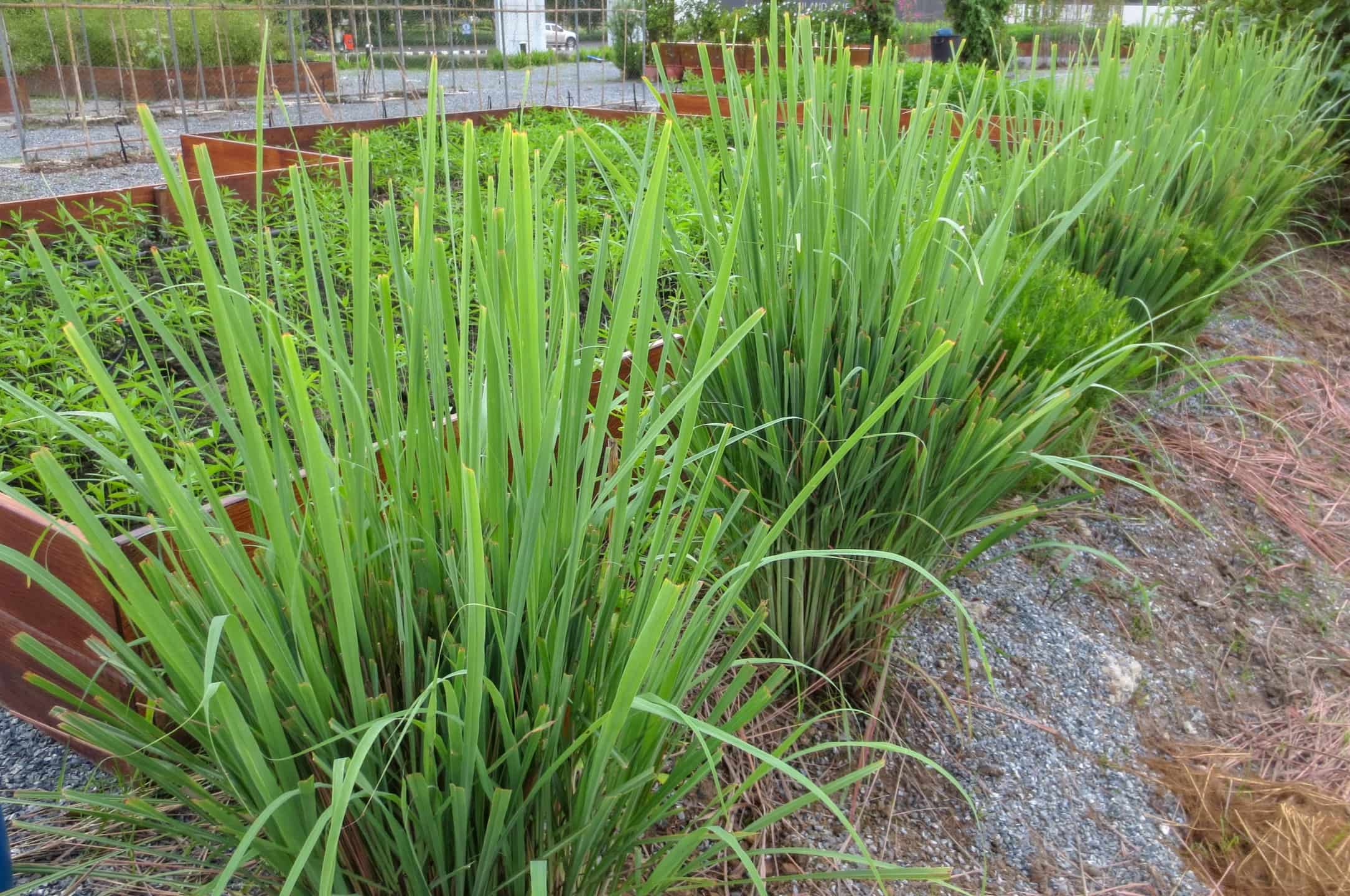
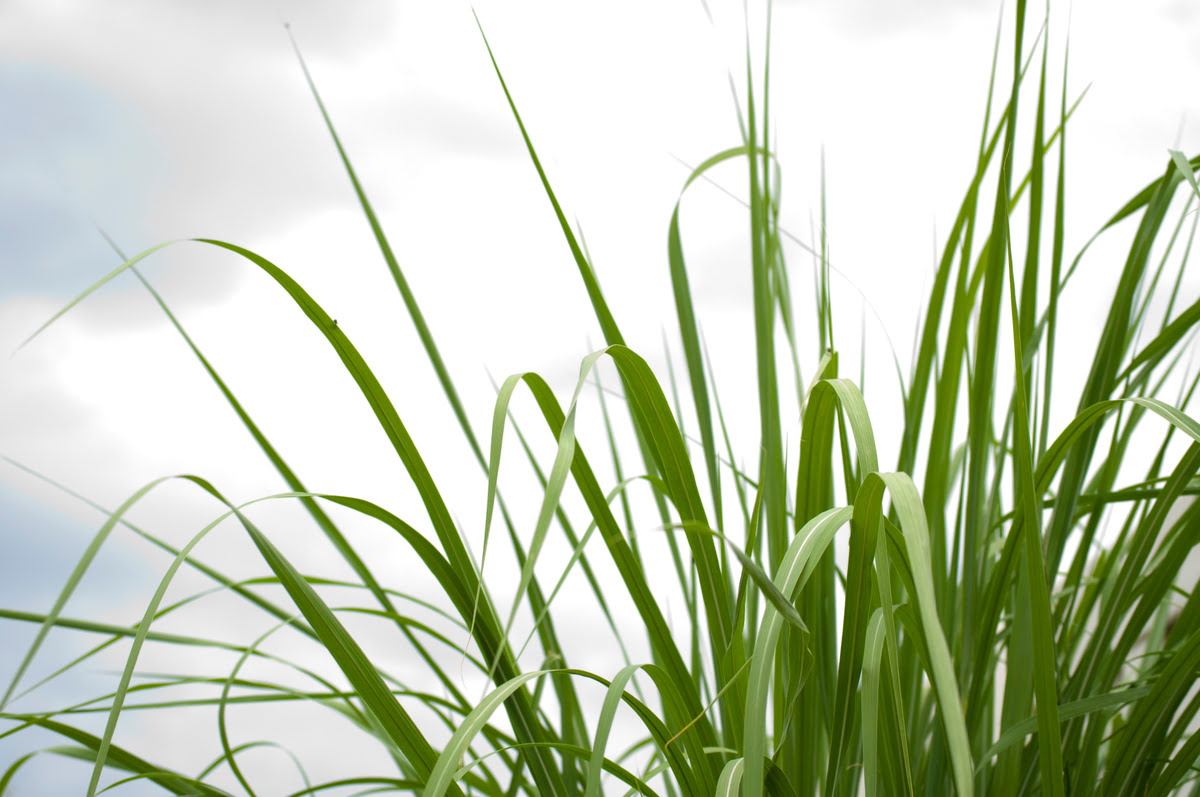
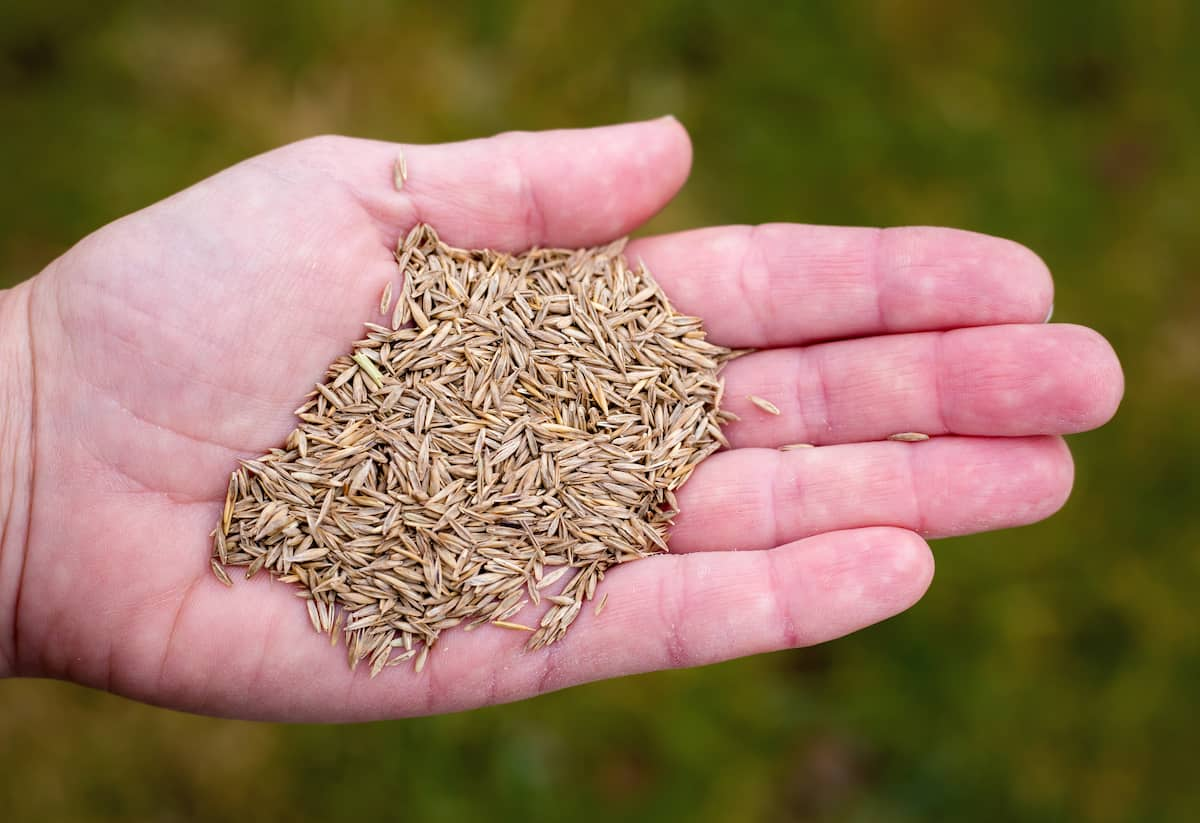
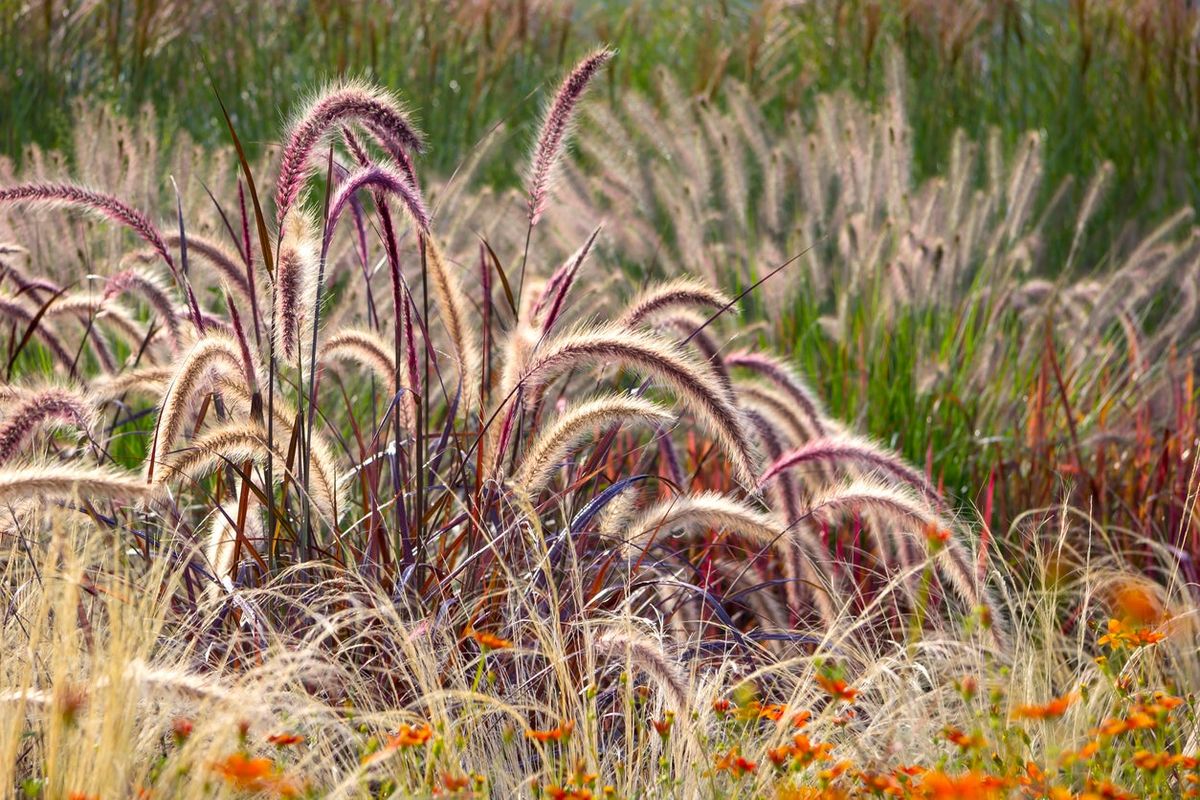
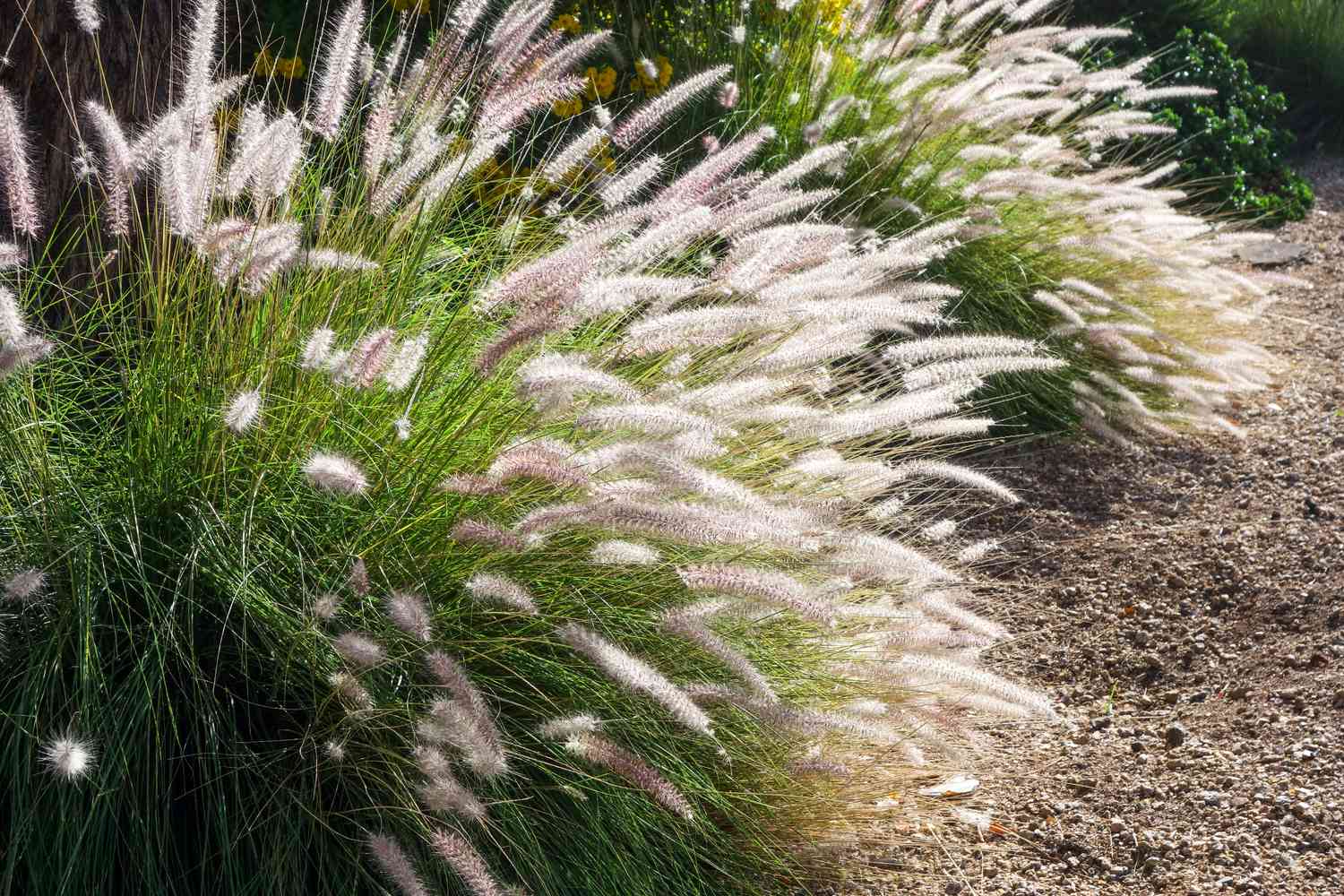
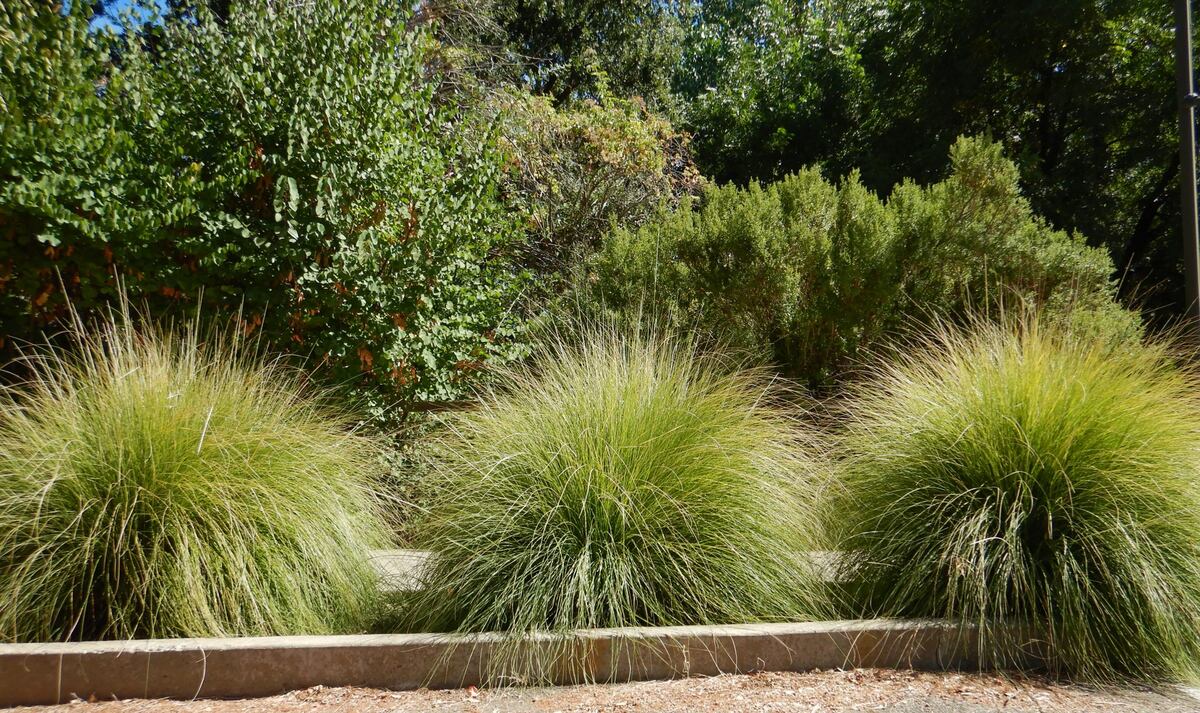
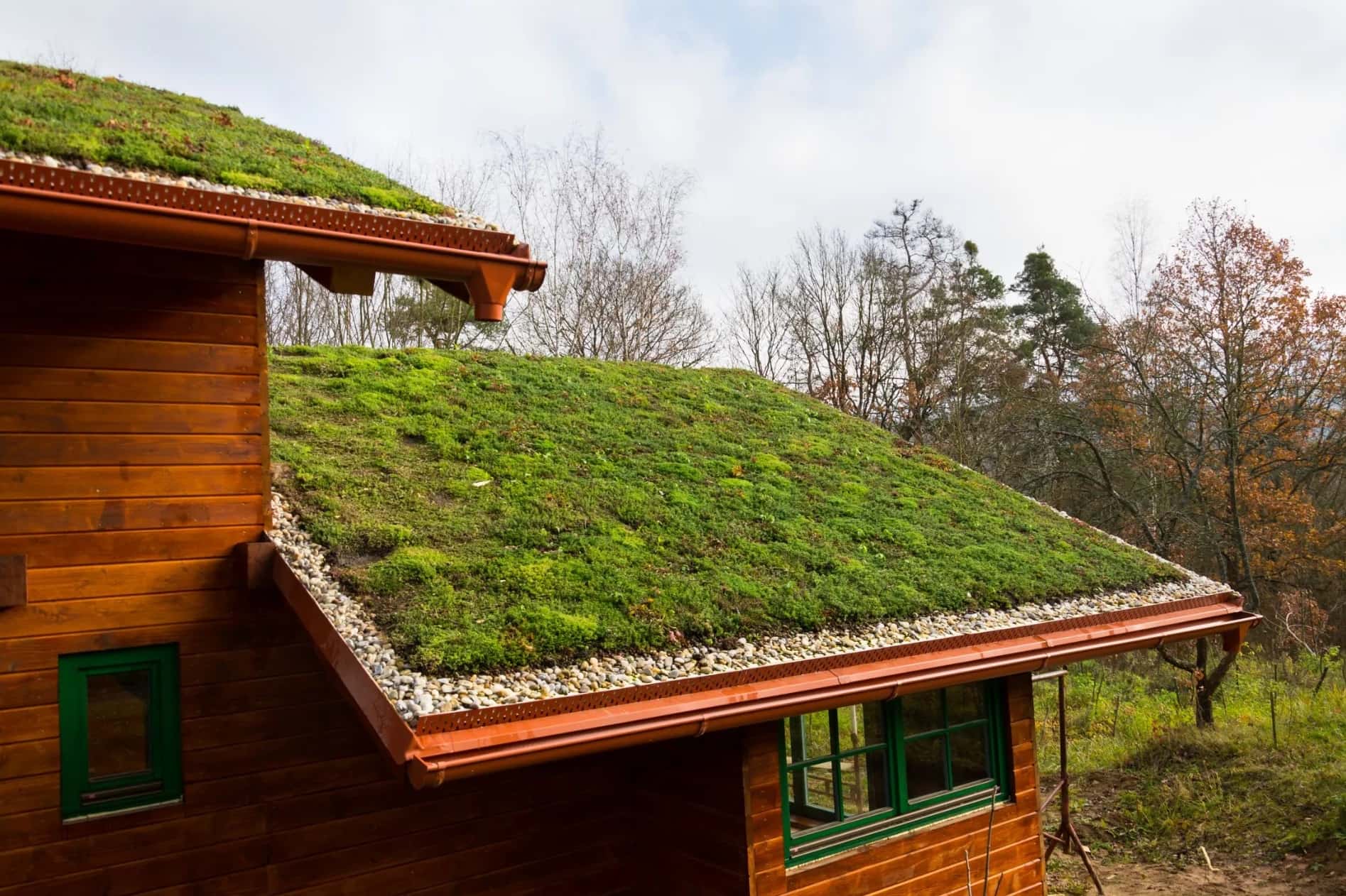
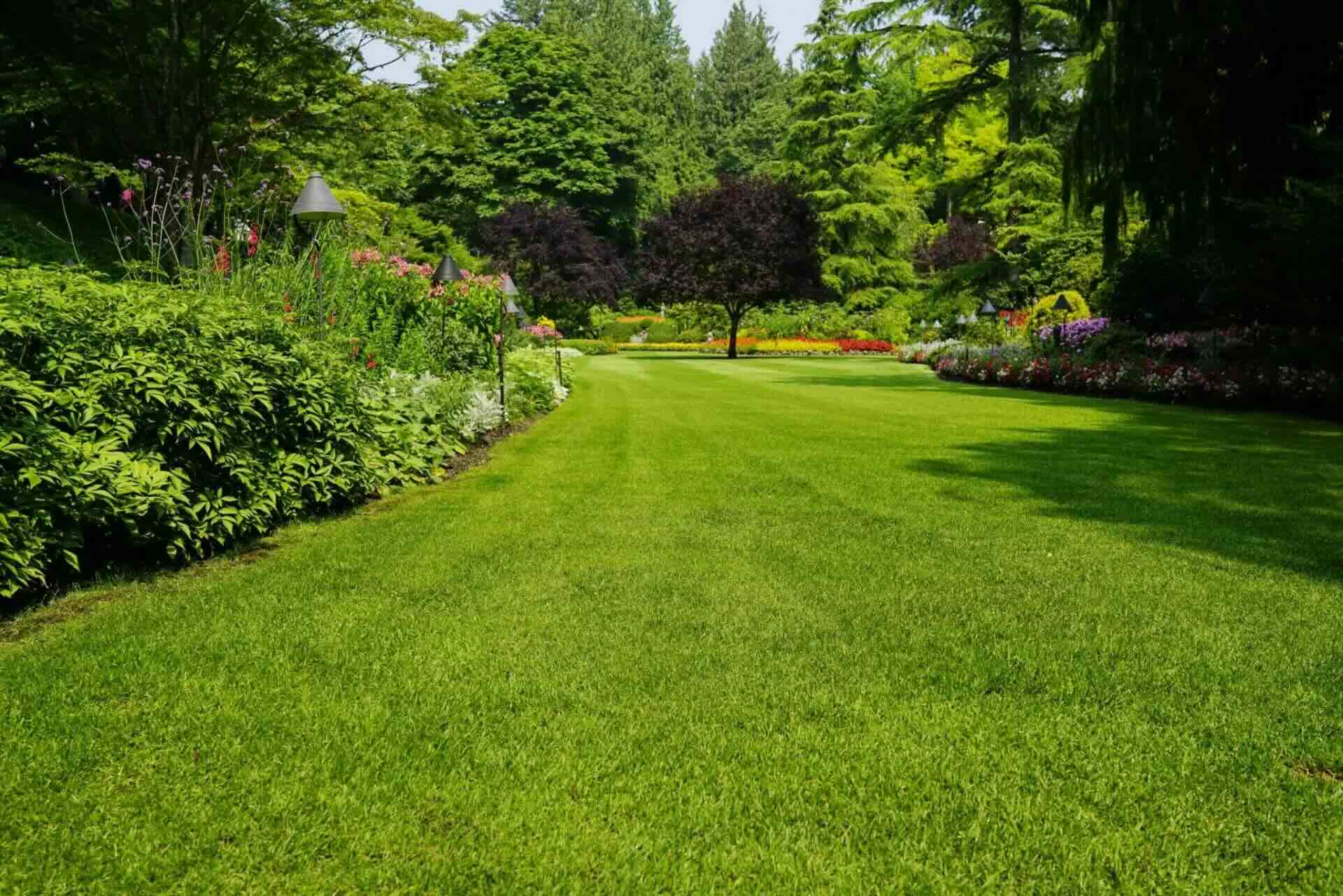
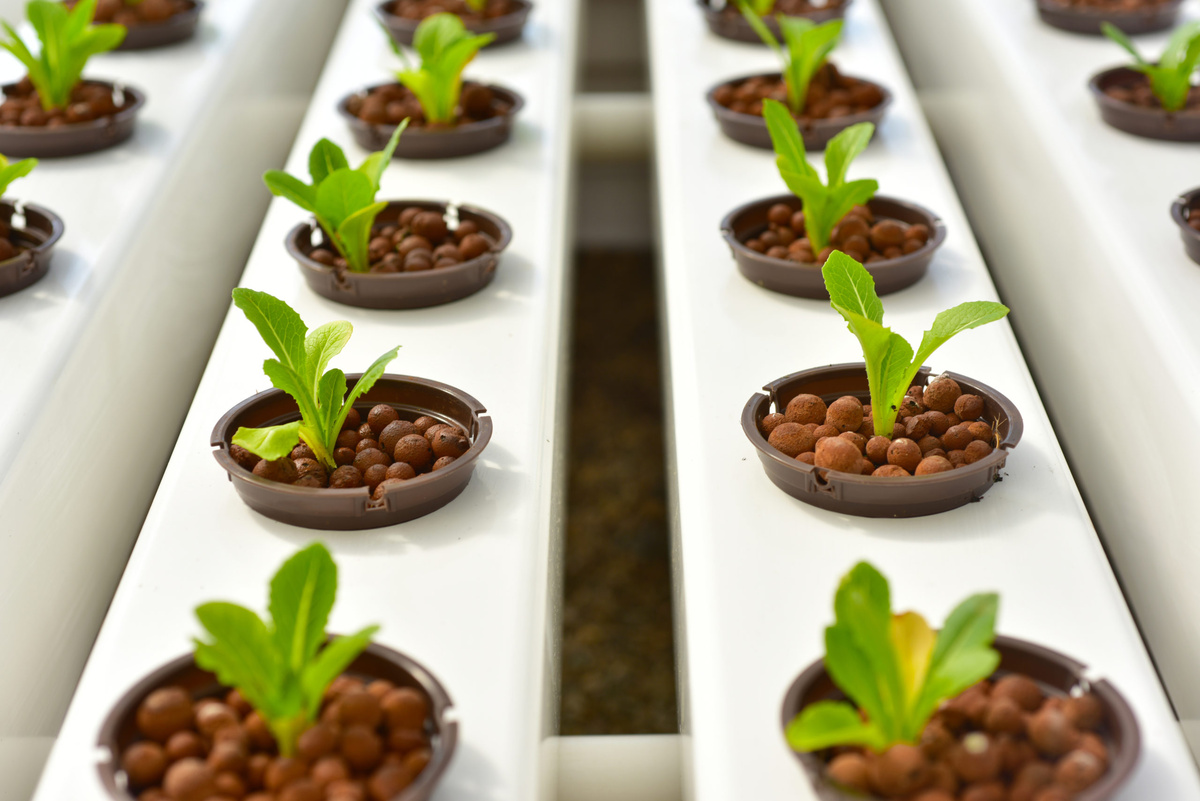
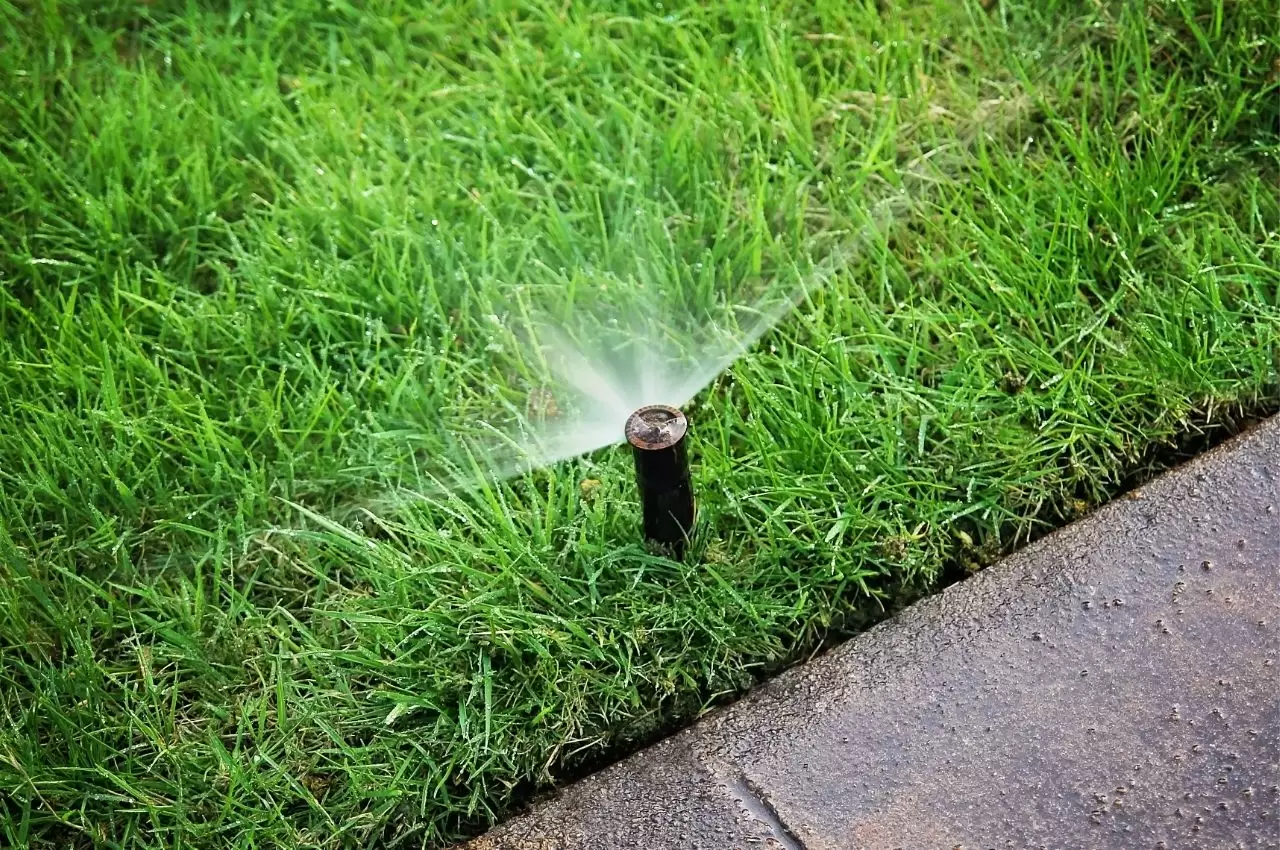

0 thoughts on “How To Grow Orchard Grass”